Since the introduction of the solid photosensitive flexible resin plate in 1974, flexographic printing technology has been greatly developed. When using a film to make a traditional flexo, in order to ensure the faithful transfer of the film image to the plate, a transparent vacuum film and a vacuum pump are used for the main exposure process. Since the photochemical reaction occurs under an approximate vacuum, we are traditional. A clear flat top dot structure can be seen on the flexo plate, but at the same time the shoulders of the dots are gentle and accompanied by a large dot expansion. After entering the laser flexographic version in 1995, we realized that in the exposure environment with oxygen participation. The result is a steep dome-shaped flexo dot at the shoulder. The steep dome of the shoulder enhances the ability of the flexographic plate to be finely printed. Under better printing conditions, such as label flexo printing, it can achieve a precision of 150 lpi or higher. However, the steep structure of the shoulders of the dots also brings some new challenges. For example, the printing durability of the plates is lower than that of the traditional flexographic plates made by traditional film, especially for the post-printing and pre-printing of corrugated boxes. When the field screening technology for film printing was introduced, the small meshes carved in the field could not be made more accurately and stably reused due to the interference of oxygen, which affected the further improvement of the density of the technology. Figure 1 shows a traditional solid screening under a scanning microscope that improves the leveling of the ink in the field, but has limited effect on the improvement of the density in the field. Therefore, for the laser version of these deficiencies, most plate suppliers have introduced a method of shielding oxygen in various ways. DuPontTM introduced DigiFlow plate-making technology to flush nitrogen into the exposure machine to form an oxygen-free environment during exposure; There is also a technology that focuses on the laminating method, using a transparent film and laminating machine to separate oxygen on the surface of the plate to isolate oxygen; there is also a technique of engraving special film, then using a laminator to combine film and plate; and using high energy LED exposure machine exposure technology. These flat-top dot technologies based on additional equipment or consumables were exhibited at drupa in 2012 and quickly expanded to market. Equipment solutions can help customers meet the demand for flat-top outlets, but today, looking at China's plate-making and printing industry , companies that use a lot of flat-top dot-spot technology are rare, compared to traditional laser-making, the reason is nothing more than Speed, cost and quality stability. Among them, the speed refers to the plate making speed. For example, because of the cost, the LED must be plated by scanning, so the plate making speed is much lower than that of the conventional exposure machine. The use of additional equipment and consumables will incur additional costs and will require production or use. Quality stability refers to the consistency of finished plates during production and printing. This is also the main problem we have encountered in the past few years using flat-top dot technology, especially for high-precision field screening and plate making. And the volatility of printing has become very large. In actual production, we have encountered many repeated orders that cannot restore the printing effect of proofing or pre-production, and the monochrome test results and the formal production are very different. The existing site control and measurement methods for field screening help to solve this problem. However, due to the complexity of this production process, many companies use flat-top dot technology to produce processes that are full of twists and turns and are not smooth. Plates with flat-top dots are one way to solve this type of problem. In 2015, DuPontTM introduced EASY technology that can make flat-top dot printing plates using traditional plate-making equipment. If 2015 is the start-up year of the flat-top dot printing plate, 2016 and 2017 can be called the mature year with its own flat-top outlet. So-called maturity refers to plate suppliers' feedback on customers, improving plate performance and adopting flat-top dot technology in a wider range of fields. Below, the author takes our company's solution as an example, from the flexible packaging , label and corrugated box printing fields to see the latest development of flexographic plate making technology. Flexible packaging and label printing Taking DuPontTM Cyrel® EASY as an example, the EASY technology platform is a new resin system developed by DuPontTM that breaks through the traditional plate formulation and is developed. In flexographic printing applications, different substrates and printing conditions have different requirements for flexographic plates, so DuPontTM has developed ESX, EPR and EFX plates for film and label printing, for paper printing. ESM and EFM plates for EPC plates printed on corrugated boxes, where EFM and EFX plates are upgraded with the latest Cyrel® 2000TD solvent-free plate-making equipment, and self-contained for solvent-free systems The flexo version of the top mesh. For high-end film printing, we have collected a large number of positive comments from customers around the world, especially for higher-line prints. Figure 2 shows the high-light (1%) and mid-tone (50%) outlets of the EPR plate at 175lpi. which performed. Among them, the high-light and mid-tone dot performance has been similar to the UV narrow-width printing effect, the dots are clear and full, the edges are sharp, and the consistency is good. In the label field, the thermal and solvent-free self-contained flat top dot printing plate Cyrel® EFX also received good customer feedback. As shown in Figure 3, its excellent highlight and midtone performance has been favored by many users. With the latest Cyrel® 2000TD solvent-free plate making equipment, the printing quality can be further improved. In addition, DuPontTM also introduced the Seri® EASY multi-layer plates ESE and EFE with a matte finish. The structure is shown in Figure 4. This type of plate adds a rough layer to the surface of a common plate. A very high resin layer (shown in Figure 5) is used to enhance the ink transfer of the plate and to make the ink spread more evenly over the surface of the substrate. Multi-layer technology has been widely used in the traditional era. The improved matte surface plate further enhances ink transfer and stability during the printing process. waterproof pet bed,elevated pet bed,pet sofa bed,pet bed cover Ningbo XISXI E-commerce Co., Ltd , https://www.petspetscare.com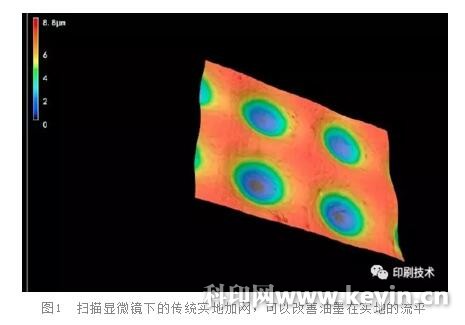
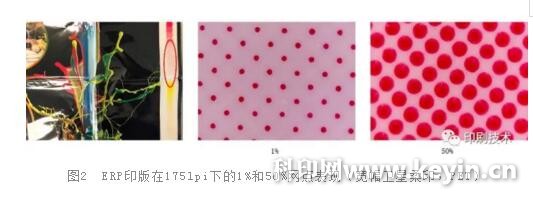
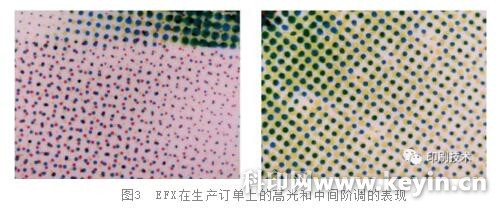
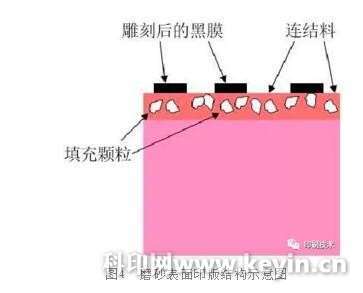
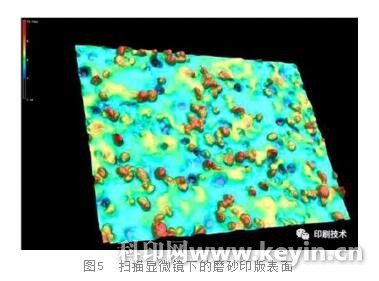
Review and latest development of flexographic flat top dot technology
BAIDU_CLB_fillSlot("858283");